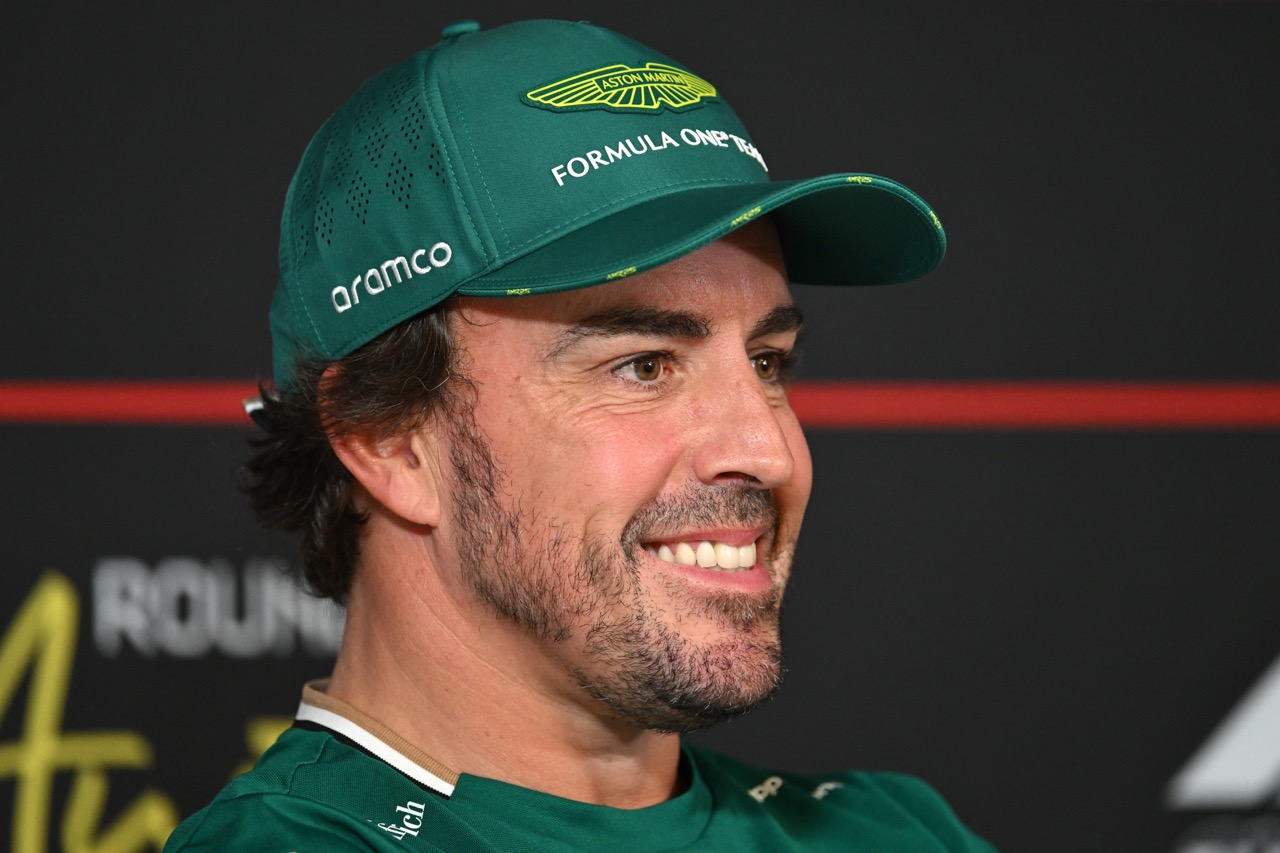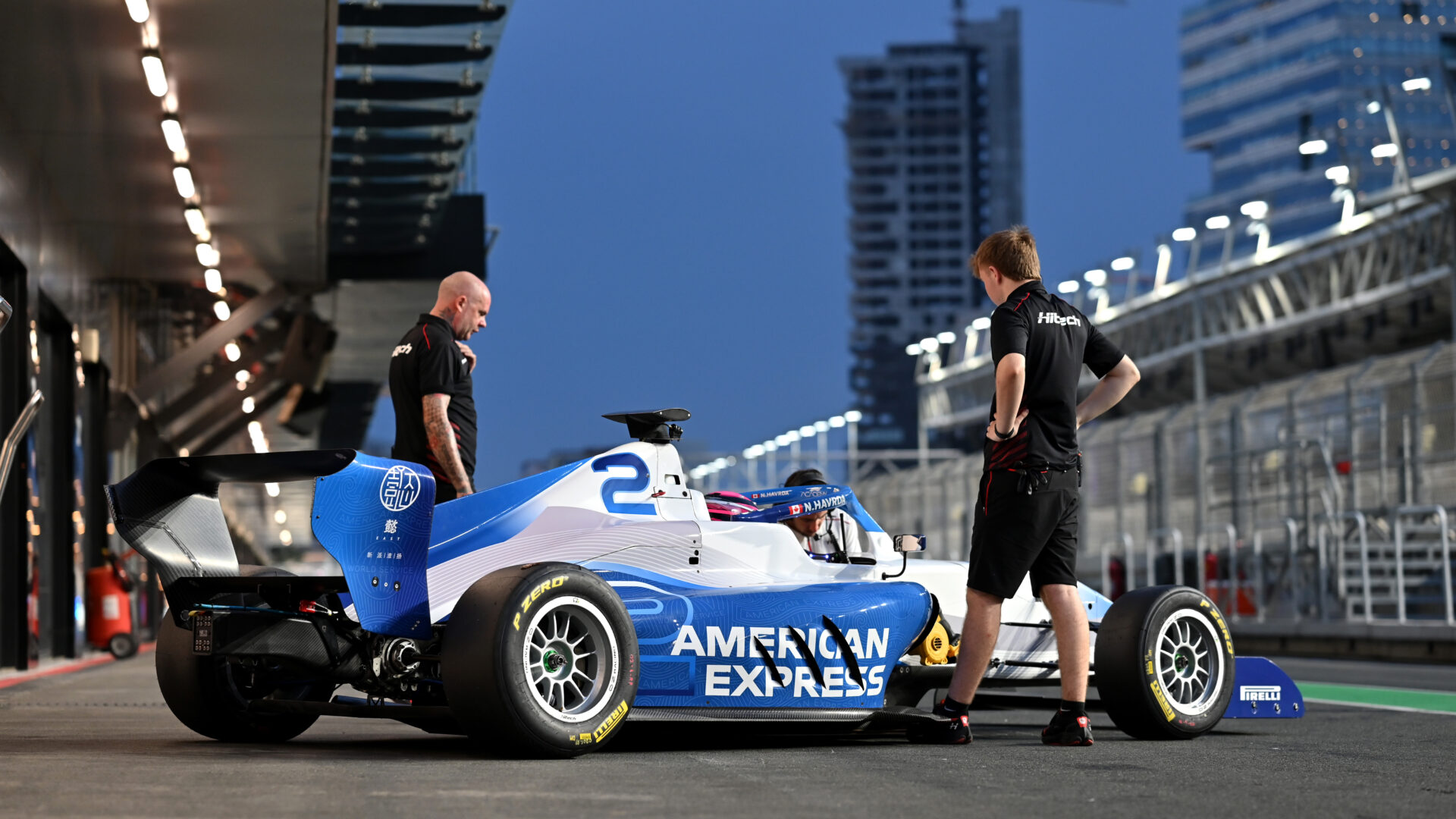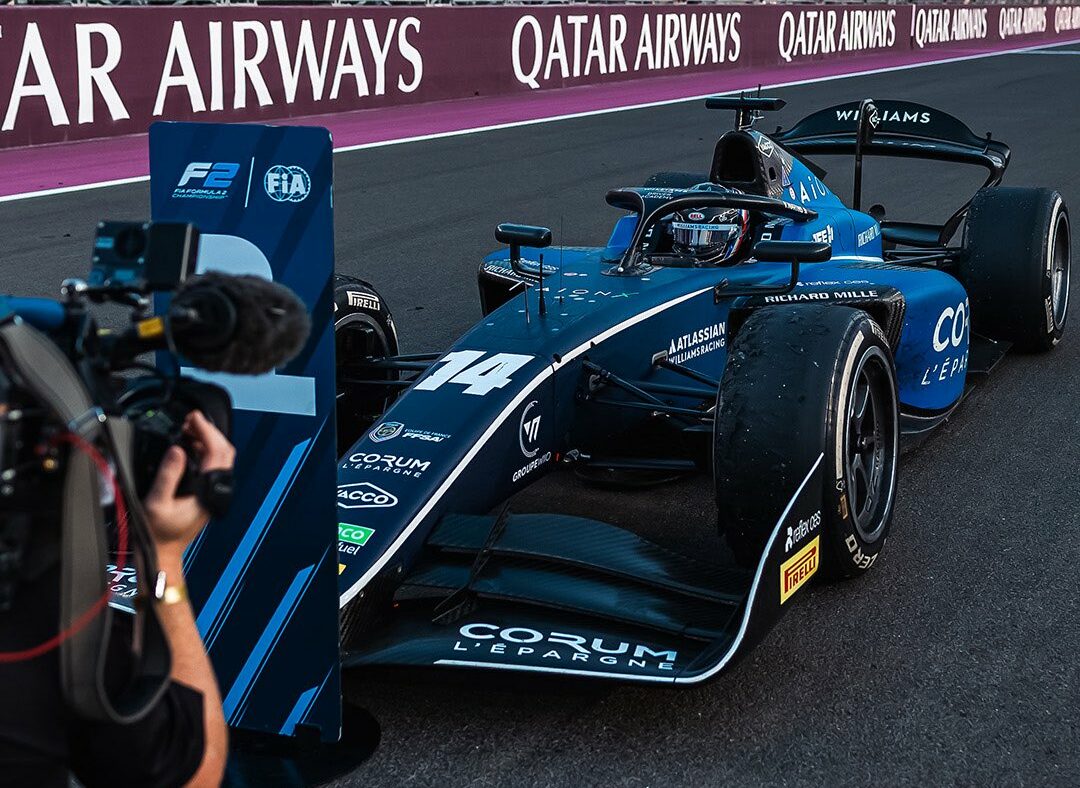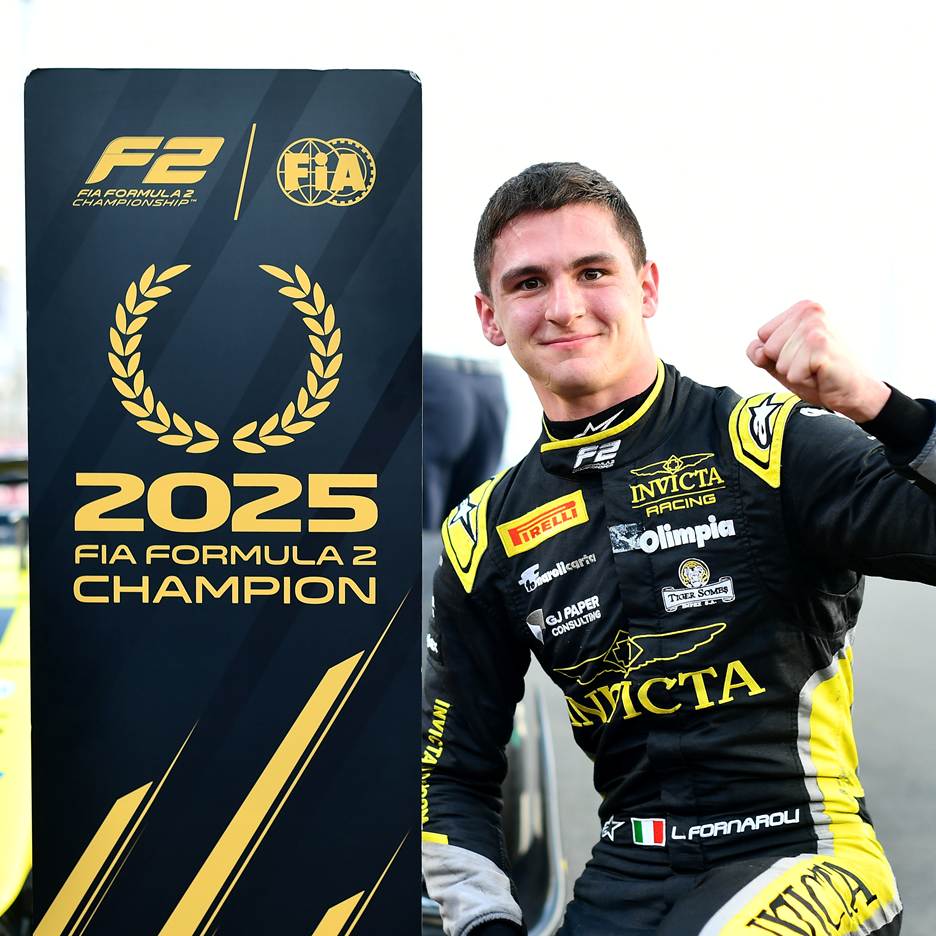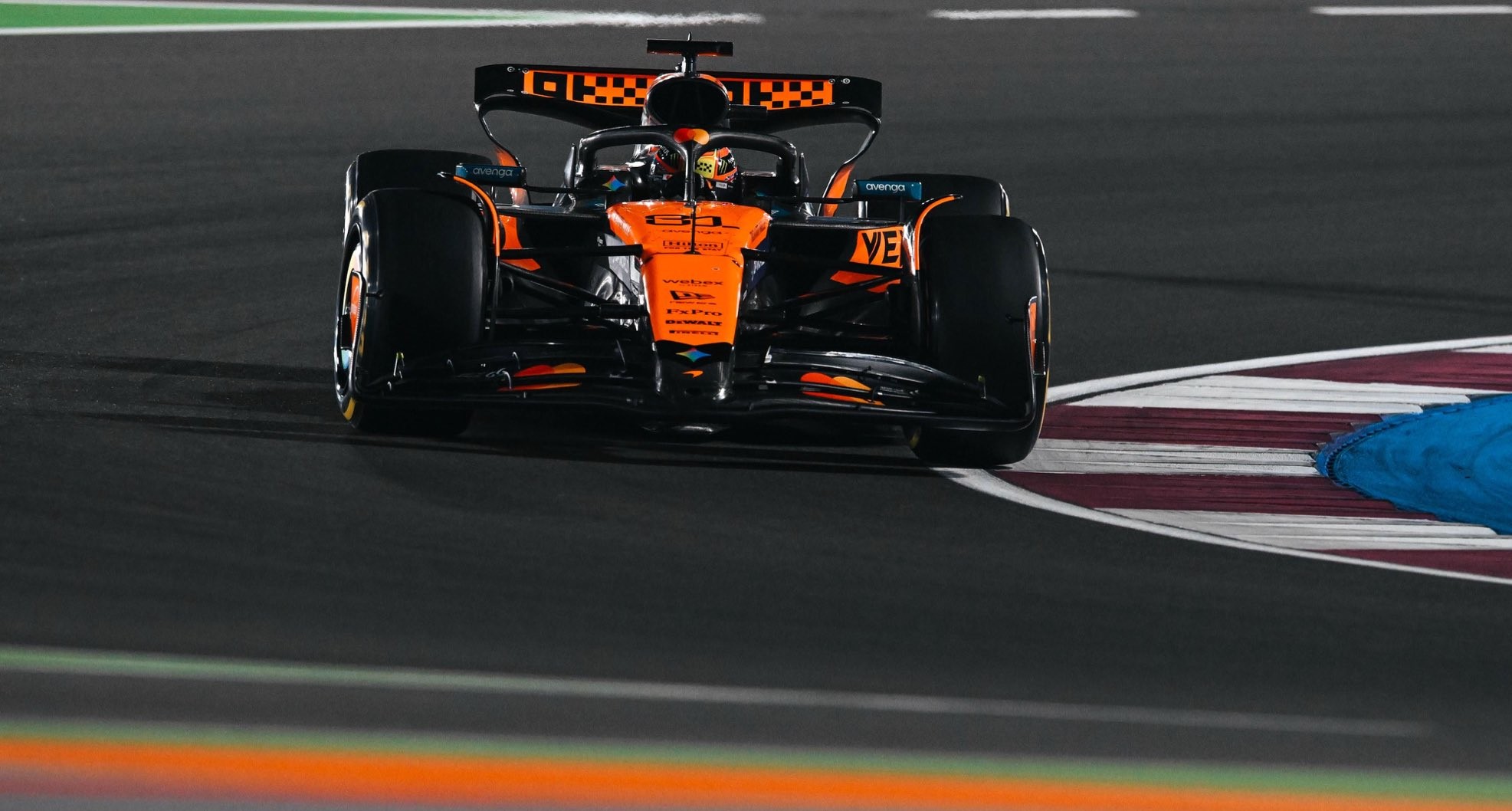Ahead of the 2025 F1 US GP, Fernando Alonso opened up about radio messages and how they can be misunderstood by people other than the driver and the engineer. FOM chooses to air different radios, often without explanation, at the wrong time and with no context, which could lead to problems in understanding the situation for the viewer. Alonso also criticised the phenomenon when the radio is the main event of the weekend and not the race. With the season being almost over, Alonso admitted that him and Aston Martin need to look ahead to 2026, while the main focus remains on the last 6 races.
Radio messages as main entertainment during the race
Alonso featured in the debate over team radio ahead of the F1 US GP. Broadcasts aired short clips, and social channels amplified them within minutes, so selection and timing shaped how fans interpreted messages. Many transmissions traced back to pre-race briefings. Teams had mapped scenarios, set pit windows, and planned tyre offsets. Without that backdrop, a clipped line often read as drama rather than procedure.
“Yeah. I agree with both of them [Bearman and Colapinto]. Unnecessary sometimes, poorly broadcasted and chosen by the one choosing which radios to broadcast. Misunderstood 99.9% of the time because they are private conversations with your engineer or your team that maybe you went through on Sunday morning in the strategy meeting. You know? ‘What happens if we come out of the pit stop in this scenario?’ or ‘What happens if on lap one we overtake two cars or we miss two positions?'”
Alonso later expanded on this dynamic and noted that radio sometimes took centre stage when on-track action dipped. The balance therefore relied on context rather than restriction. Live access added value and clarified strategy, but edits removed key data—targets, temperatures, and fuel numbers—that explained the call. Pairing selected clips with a timestamp and a brief note on intent kept coverage concise while restoring clarity.
“So you have alternative plans on the strategy that, obviously, when you only broadcast one sentence, it’s impossible to understand at home and the repercussion that it has. But, yeah, sometimes when the radio broadcast is the protagonist of the race, that also is very sad, that the race was so poor in terms of entertainment. So, yeah, that’s something we need to improve all as a group in the sport.”
Alonso focusing on F1 2026 while managing the energy for the last 6 races
Alonso framed the final six races as a focused run-in toward 2026, starting with the F1 US GP this weekend. He stressed performance on each weekend, kept motivation high, and targeted operational gains that would carry into the new regulations. Aston Martin treated the remaining events as a live test bed, using real race pressure to refine processes and execution.
“I think on the weekends we still need to perform at our best level. We need to keep the motivation high. We need to improve in some things that we need, operational-wise, to get better for next year. So we need to use these six races as a test in a way.”
He also emphasized energy management. With a dense travel block ahead, the plan balanced hard racing with deliberate recovery, so Aston Martin finished the year in control and started January fresh. The goal stayed simple: build momentum now, arrive for 2026 with habits set, systems clean, and batteries fully charged.
“And, yeah, obviously we need to have an eye on next year’s calendar and save a little bit of energy. Even if we are racing hard and we’re travelling for these next two months, we need to also think about having some rest as well now in the last part of the year, to start in January with the batteries fully charged.”

